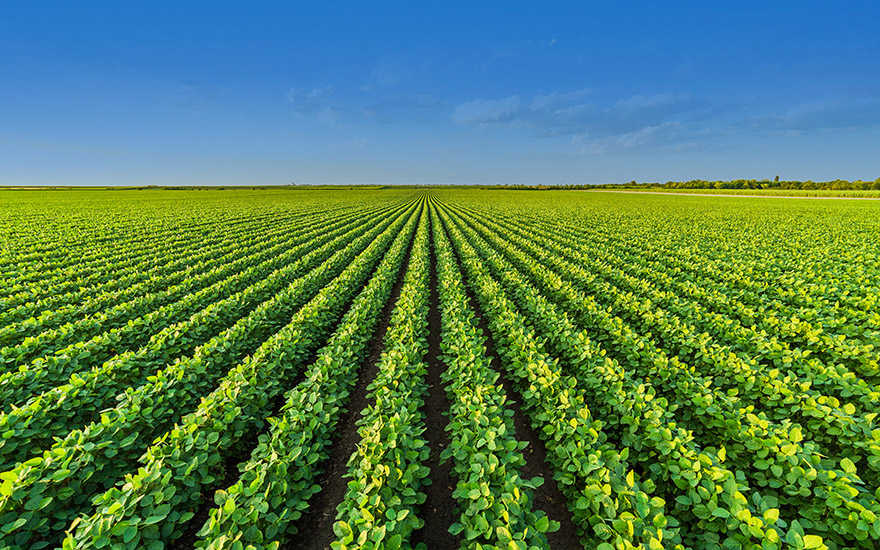
As the weather changes and that first farmer inevitably pulls out their planter, so begins the rat race of another growing season in the Southern Red River Valley. In preparation, farm operators have been preparing balance sheets, income statements, planting intentions, and reviewing their cash flow plans for 2025.
If you’ve been through the cycle of ag before, this may feel familiar; regardless, for many, there is an overwhelming feeling of uncertainty in the agricultural economy today. If the 2024 crop year left you with decreased working capital due to poor crop prices, decreased yield due to a weather event, or maybe a combination of many factors, please know you are not alone. In fact, the USDA forecasts 2024 as the most drastic annual decline in farm income in nearly 20 years. The forecast for 2025 may be brighter, though largely inflated by ad hoc disaster payments which are an additional item of uncertainty today.

Ag/Business Banker
Wahpeton Market President
There are many factors largely outside of your control as a farmer: commodity prices, trade agreements, tariffs, etc. So, it will be critical to focus on the items you can control, such as your breakeven price, which is specific to your own operation. But what comprises your operations’ breakeven price? In addition to yield, the most variable portion of your breakeven is your cost of production.
Your cost of production includes the more obvious direct input costs, such as seed, chemical, fertilizer, repairs, and crop insurance. The direct costs can vary per farm operation based on the retailer or timing of purchase; however, it’s typically a small variance. The largest variance between breakevens generally comes from your fixed costs, which are specific to your operation. Land rent, farm insurance, labor, family living, and principal and interest on equipment, land and operating credit to name a few.
How can you manage those? One example may be to review your equipment line for any excess items that could be sold. Another option could be to have discussions with your landlords when renegotiating contracts and propose a flex-rent agreement based on production. If your breakeven seems out of reach due to your level of debt payments on equipment and land, consider opportunities to restructure or extend the repayment terms to reduce payment obligations. This option should, however, be combined with extra discipline for future capital purchases.
Using a general principal of macroeconomics, 2025 may be a year to minimize losses versus maximize profits. As you prepare for another growing season with thinner margins, a few additional items to consider:
- Take ownership of your numbers and review them more frequently than once per year.
- Set a capital purchase plan at the start of the year. Be proactive instead of reactive.
- Have a marketing plan in place and consider making sales whenever a better than breakeven price is available. Your plan should align with your risk tolerance and doesn’t have to include commodity options, though there are many advisors to help with this. If you sell a little bit all the time, you’ll never be 100% wrong.
- Closely review available alternative risk management options, such as crop insurance and farm programs.
- Build a team of advisors (banker, accountant, attorney, etc.) that you trust to understand your operation & help you achieve your goals.
Despite all the uncertainty and pessimism, I truly believe there could be opportunity in the coming years. Given the softening ag environment, now will be the time to closely review your capacity to replace equipment and/or add additional acreage. 2025 will not be the year to keep doing what you’ve been doing, just because that’s how it’s always been done.
Sources:
Farm Sector Income & Finances – Farm Sector Income Forecast | Economic Research Service